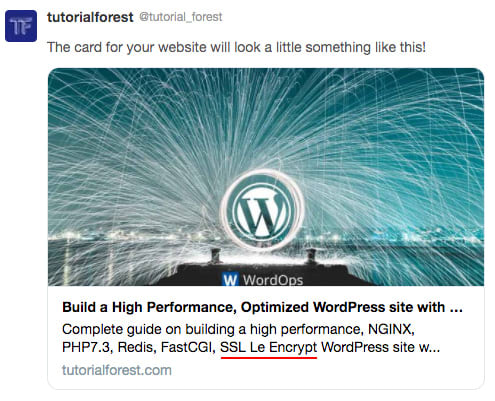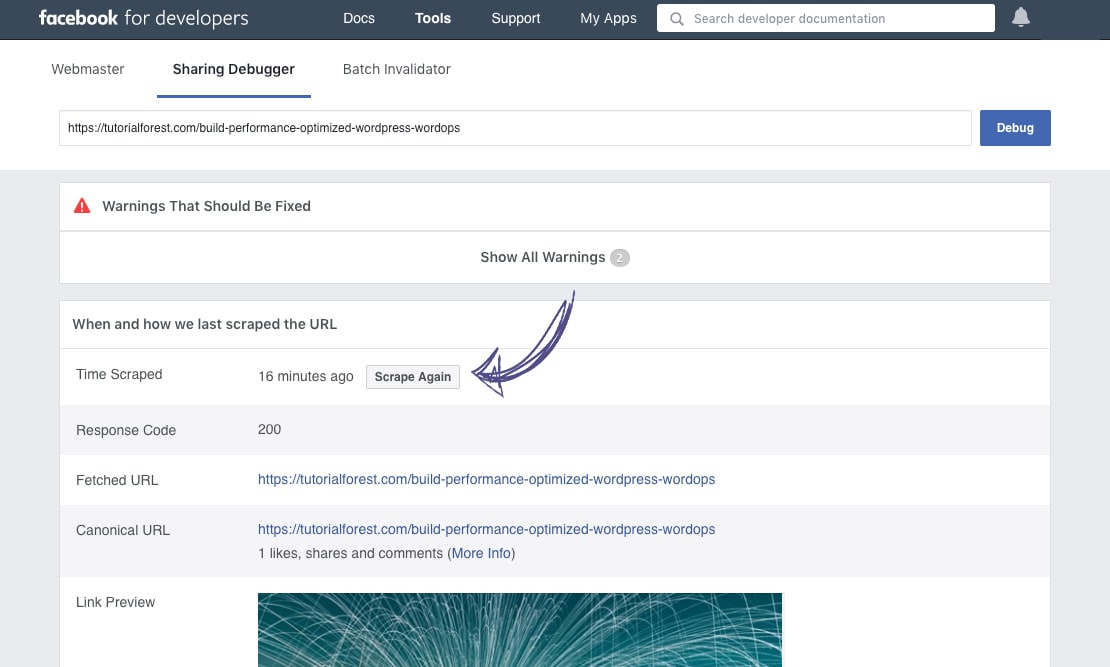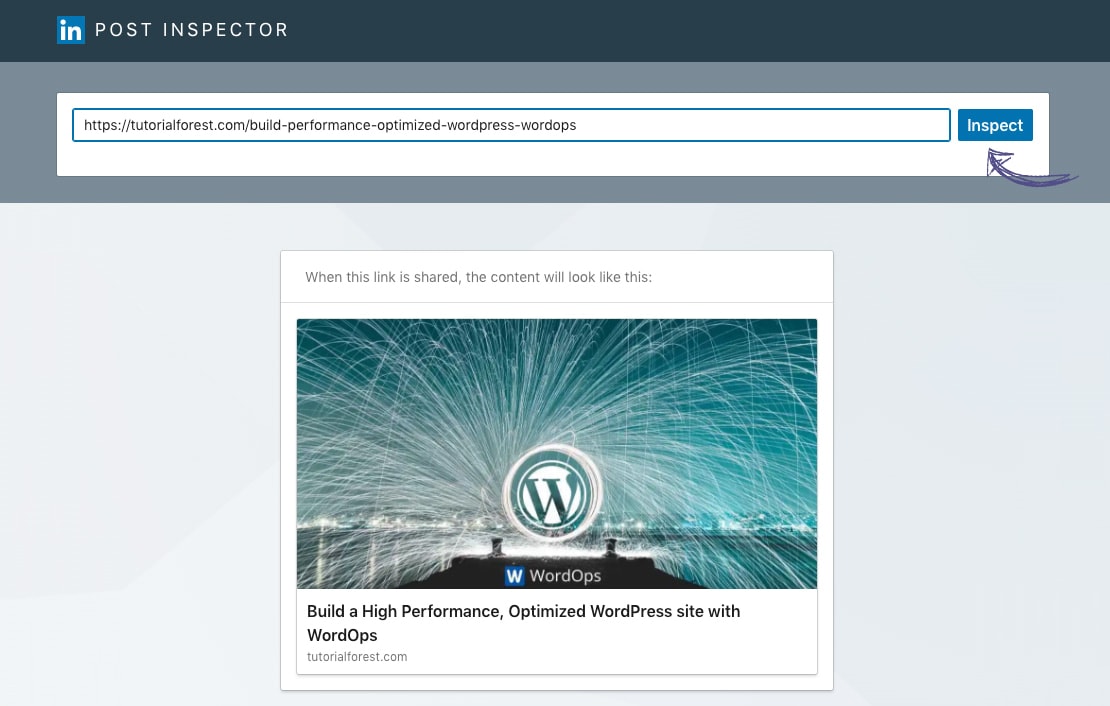You write an interesting blog post or article on your website, share it on social media and then suddenly find out there was a typo. The worst case, the featured image accompanying the post is wrong or you have updated the image but it's not getting reflected while sharing the URL on social media. If you're a social media professional working for a firm, then prepare for non-stop phone calls and emails from angry clients (and of course from your boss). Some situations when you want a way to edit the shared social media post or tweet include:
- There's a Grammar or spelling mistake in the title or description.
- The wrong image shared with the message.
- You've updated the text content and image, but while sharing it on social media, it keeps pulling the old outdated data.
Well, before rushing to delete the shared Twitter tweet or Facebook post or LinkedIn post, there is a simple and quick way to clear the social share cache. The best part here is that, while clearing the cache, you update the spelling or image, but also keep all the retweets, likes and share intact.

Enough for the summary, let's get to the action with Twitter Card Validator Tool, Facebook Sharing Debugger and LinkedIn Post Inspector tool, that would clear the cache of your shared social media posts or tweets.
How to clear Twitter tweet cache
First, let's look at the below example of one of my tweets, where I made a spelling mistake. In the description, I have written "SSL Le Encrypt", but it should be actually "SSL Let's Encrypt".

Normally we would quickly delete the tweet, update the article description and retweet. But still, the spelling mistake would show up in the tweet as the Twitter card data is being pulled from Twitter cache. Introducing the Twitter Card Validator Tool, a simple tool that would invalidate the cache instantly. To clear the cache of your shared URL in Twitter:
- Head to Twitter Card Validator Tool and login with your Twitter account.
- Insert your blog post URL or website URL and hit 'Preview card'.
- That's it, this clears the cache of your URL on Twitter servers.

Once the cache is cleared in the Twitter side, it would pull new information from your website URL. Make sure you have correctly updated your website's meta tag or Open Graph tags. You could see the updated data in the Twitter card preview section.
How to clear Facebook shared post cache
Just like the Twitter dev tool for clearing cache, Facebook also got a cache invalidator tool which could help you to retrieve up-to-date website content. To get started, head over to Facebook Sharing Debugger. This tool can be used to refresh data of your website content that's shared on Facebook.com, Messenger and other Facebook properties.
- Navigate to Facebook Sharing Debugger and login with your Facebook account.
- Enter your blog post URL or website URL and click 'Debug' to see the information that is used when it is shared on Facebook.

- The tool will pull all the data stored in Facebook's cache for the URL.
- It will show when and how Facebook last scraped the URL (including the time).
- Show the retrieved Open Graph properties or tags.
- Any warning (like missing App ID or missing properties) that need your attention.
- Preview of your shared website content on Facebook.
- If you find the data (like text content or images) are outdated and need to be updated, then click on the 'Scrape Again' button (next to the time scraped data).
- This would force Facebook to clear its cache for your URL and retrieve updated data directly from the URL.

That's it, once scraped, Facebook will then show only the up-to-date data of your shared website content on all its properties. Note that, Facebook extensively uses Open Graph tags to populate the summary card for your shared website URL. So make sure you have correctly updated the same before using this tool.
Facebook also got Batch Invalidator tool. As the name suggests you could refresh the data or clear Facebook cache for multiple URLs at the same time.
How to clear LinkedIn shared post cache
To clear outdated data or fix typos on any shared post on LinkedIn, you can use the LinkedIn Post Inspector tool. It can refresh the data and clear the platforms old cache of your website URL.
- Head over to LinkedIn Post Inspector
- Enter the website URL that you need to update the content in LinkedIn and click 'Inspect'.
- This clears the LinkedIn cache on your website URL. It's re-scraping your website URL and pulling up-to-date content from it.
- It would also show the last scraped time and metadata (title, images, description etc).

So, next time when you make a mistake while sharing your website content on social media, instead of deleting them, try the above tools to clear the cache of your URL on this big social platforms. It would save time, effort and let you keep your job.